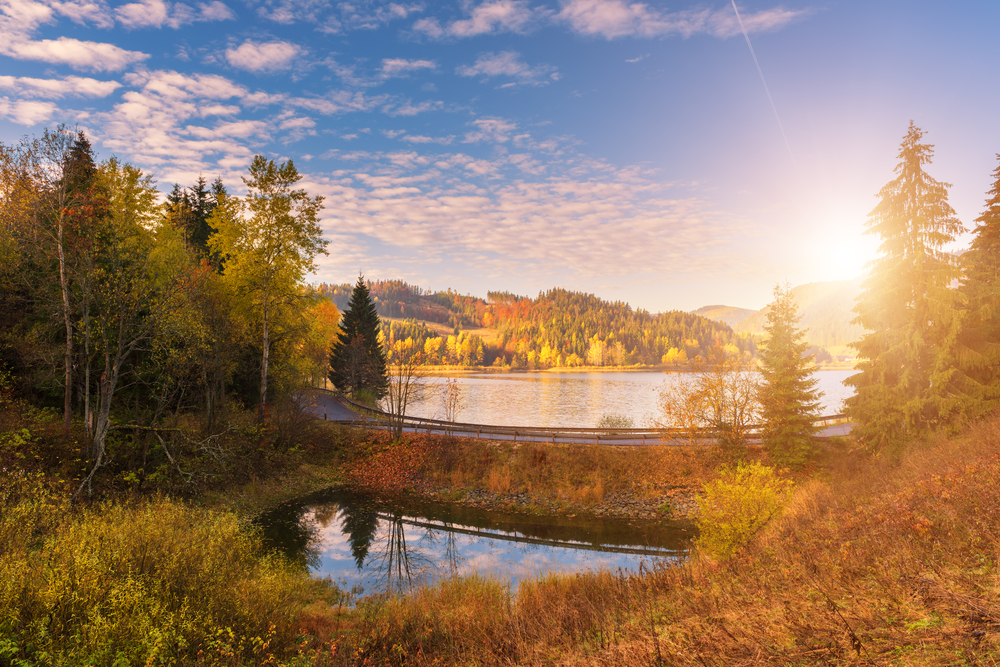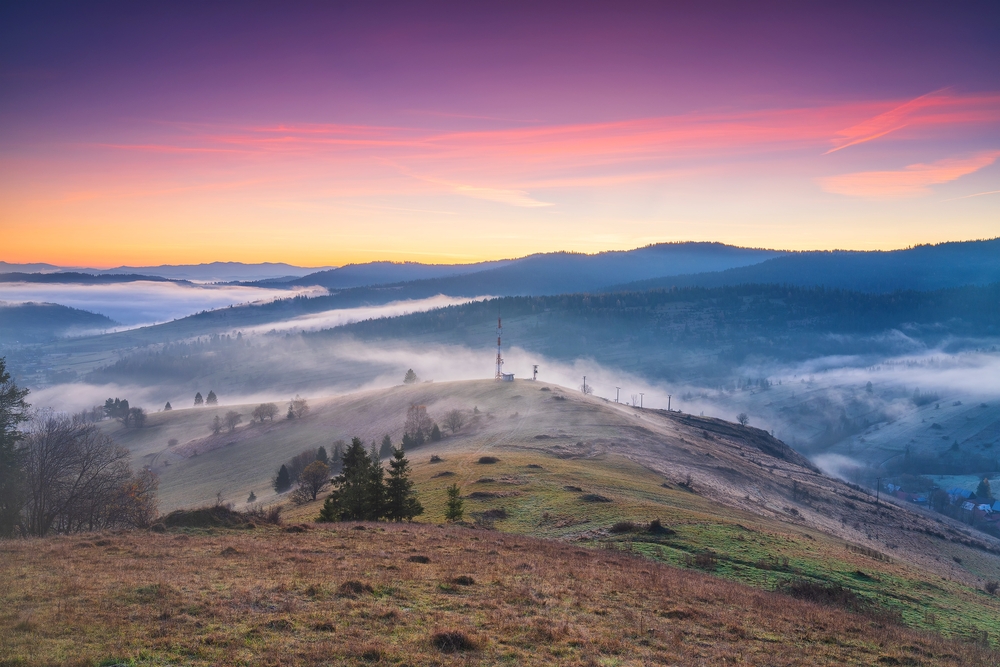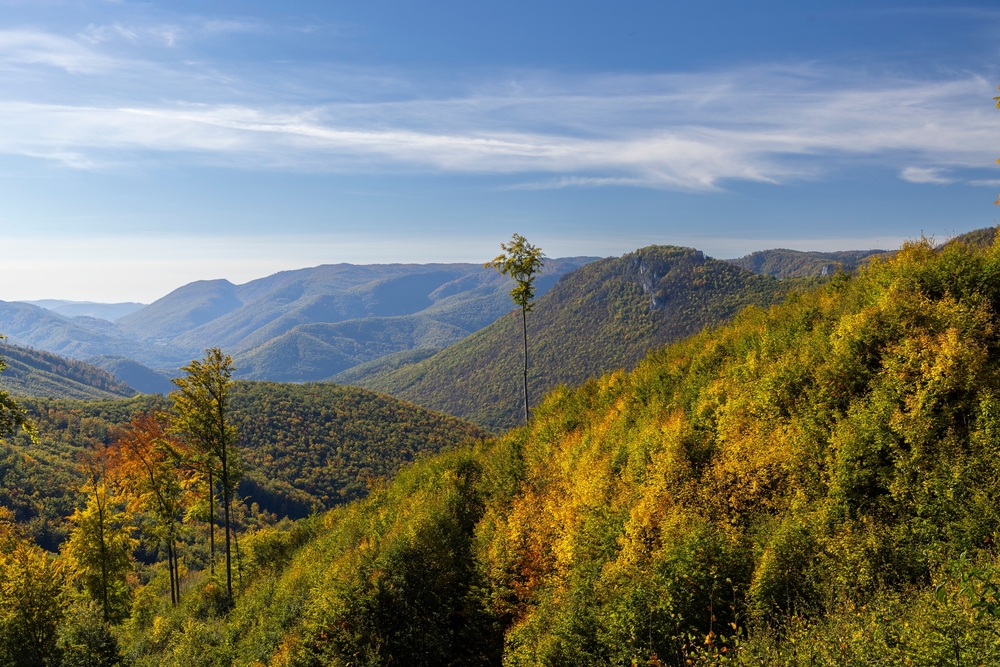Slovak Paradise Overview
Slovak Paradise National Park, known locally as Národný park Slovenský raj, is a stunning protected area in eastern Slovakia, covering approximately 76.7 square miles (198.3 square kilometers).
The park is part of the Western Carpathians and is renowned for its rugged terrain, deep gorges, waterfalls, and dense forests. It is located in the Spiš region, with the Hornád River cutting through its landscape. The park is characterized by a series of karst plateaus, limestone formations, and dramatic canyons, including the famous Suchá Belá Gorge, which features a series of ladders and bridges allowing visitors to traverse its breathtaking scenery.
Other notable natural formations include the Velký Sokol Gorge, Piecky Gorge, and Kyseľ Gorge, each offering a unique combination of waterfalls, rocky passages, and lush greenery. The park’s dense forests consist of beech, fir, and spruce trees, creating a habitat that supports a diverse range of wildlife.
Slovak Paradise National Park is home to an array of animal species, including European brown bears, red deer, wild boars, and lynxes. The park is also an important area for birdwatching, as it shelters golden eagles, peregrine falcons, and Eurasian eagle-owls.
Visitors may also encounter smaller mammals such as foxes, martens, and badgers while exploring the trails. The park’s caves, particularly the Dobšinská Ice Cave, add to its ecological significance by providing a unique environment for various bat species.
The Dobšinská Ice Cave is one of the largest ice caves in Europe and is a major attraction within the park, drawing visitors who marvel at its year-round ice formations and spectacular frozen halls.
One of the main attractions of Slovak Paradise National Park is its network of hiking trails, which take adventurers through deep gorges, across wooden footbridges, and up metal ladders affixed to rock faces. The Suchá Belá Gorge is one of the most popular routes, where visitors climb through narrow canyon walls, past waterfalls, and over wooden walkways.
The park also features several scenic viewpoints, including the Tomášovský výhľad, which provides a panoramic view of the Hornád River Valley and the High Tatras in the distance. In addition to hiking, activities such as cycling and canyoning are popular among visitors.
The Hornád Canyon offers an exciting challenge for more experienced adventurers, featuring a series of iron steps and suspension bridges over the rushing river.
Conservation efforts in Slovak Paradise National Park focus on maintaining the delicate balance of its karst ecosystems and protecting its unique flora and fauna. One of the biggest challenges facing the park is the impact of tourism, as the rugged terrain and fragile rock formations are sensitive to human activity.
Park authorities have implemented strict regulations to ensure that trails remain well-maintained and that visitors follow designated routes to minimize damage. Efforts have also been made to combat illegal logging and protect the park’s forests from environmental threats.
Conservation successes include the steady return of native species, such as lynxes and wolves, which indicate a thriving ecosystem. The park’s status as a national park and a protected area under Slovak law has been crucial in preserving its natural beauty for future generations.

















































































